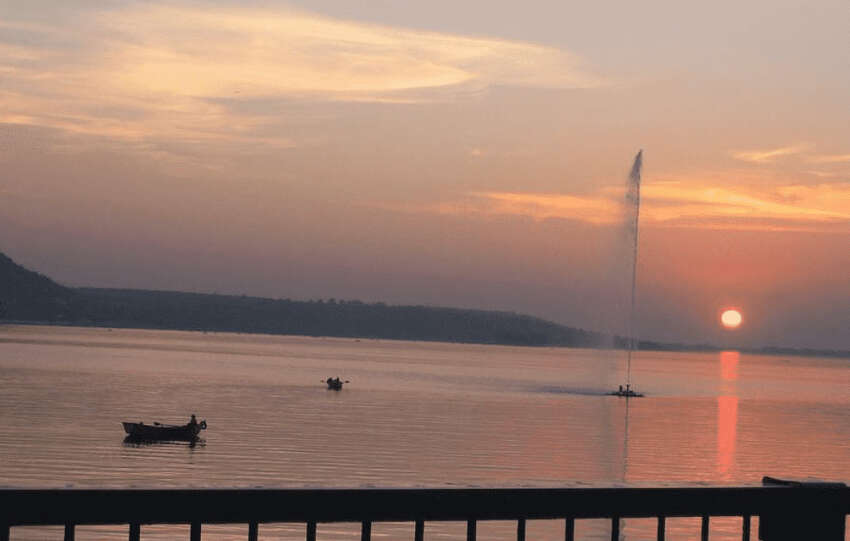Share This Article
The Orchha Fort complex is a praise to the architectural expertise and lush history of the Bundela Rajputs, and it was discovered in the heart of Madhya Pradesh, India. Constructed in the first years of the 16th century, the fort and its lavish buildings have stood the test of time under the governance of multiple Maharajas. This article examines the historical significance, and architectural amazement that have inspired devotion for generations, and the attractive features of the Orchha Fort complex.
Location:
Orchha Fort is planned and placed on an island created by the junction of the Betwa and Jamni rivers, in the Nivadi district. Reachable via an enchanting 14-arched causeway, the fort complex provides an insight into the luxuriousness of the past. Orchha town makes this historical value even more reachable with its railway station on the Jhansi-Manikpur path.
History:
Rudra Pratap Singh placed the foundation of the Orchha State in 1501 AD, which also marked the start of the fort’s rise. succeeding Maharajas made a handout for the construction of the fort compound over the ages. The architectural bequest of Madhukar Shah’s Raja Mandir or Raja Mahal and Vir Singh Deo’s Jahangir Mahal exhibit the development of greatness in architecture over time. Notable architect Lutyens was determined by the fort’s characteristics, like its “pepper pots and domes,” when he was designing New Delhi.
Monuments:
1. Raja Mahal: Built in the early 16th century, the luxurious Raja Mahal was the home of kings and queens until it was forsaken in 1783. Its simple appearance contradicts the complicated murals that cover the interior chambers, which feature themes related to religion and society. There is evidence of mirrors on the upper floor, and the palace has secreted passageways. The Rama Raja Temple, which was once part of Raja Mahal, is the only place in the nation where Lord Rama is revered as a king and is watched over by a specialized police force.
2. Sheesh Mahal: Originally constructed for King Udait Singh, Sheesh Mahal is flanked by Raja Mahal and Jahangir Mahal. It is currently a hotel with suites on the upper floor. Preserving the royal history, the large hall with a lofty ceiling doubles as a dining area.
3. Jahangir Mahal: Built by Bir Singh Deo alone in 1605, Jahangir Mahal is a symmetrical square palace that combines Rajput and Muslim architectural styles. It was built to house the Mughal emperor. Its eight enormous domes, arcaded entrances, and windows with a lattice pattern highlight Orchha’s opulence from its past. A tiny archeological museum is also located within the palace.
4. Phool Bagh: Located inside the fort complex, Phool Bagh is a garden with an eight-pillared palace pavilion and water fountains. Beneath this garden, there was a subterranean building that was used as a cool summer hideaway for the royal family. It had an unusual water ventilation system that was connected to an underground palace called “Chandan Katora.”
In conclusion, the Orchha Fort complex is a live example of the Bundela Rajputs’ artistic talent and historical relevance. Every monument in the complex tells a different tale, combining architectural magnificence with historical motifs. Orchha Fort is still a vibrant tapestry that captures the architectural and cultural legacies of a bygone era in addition to being a historical landmark.


